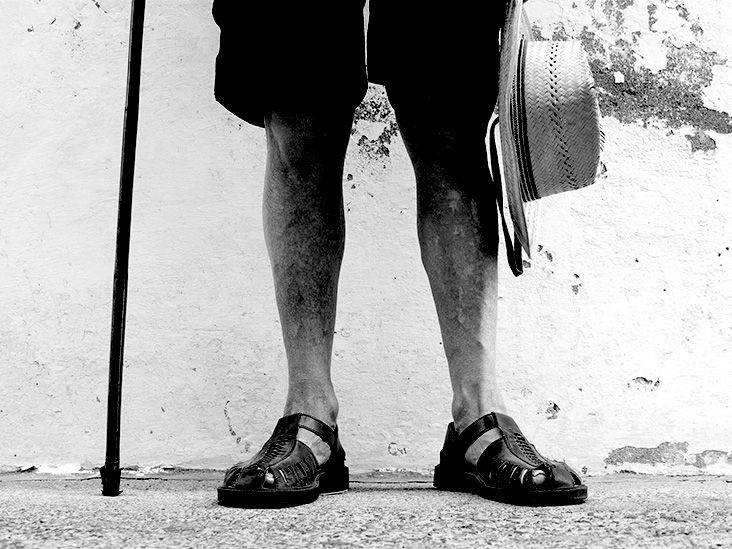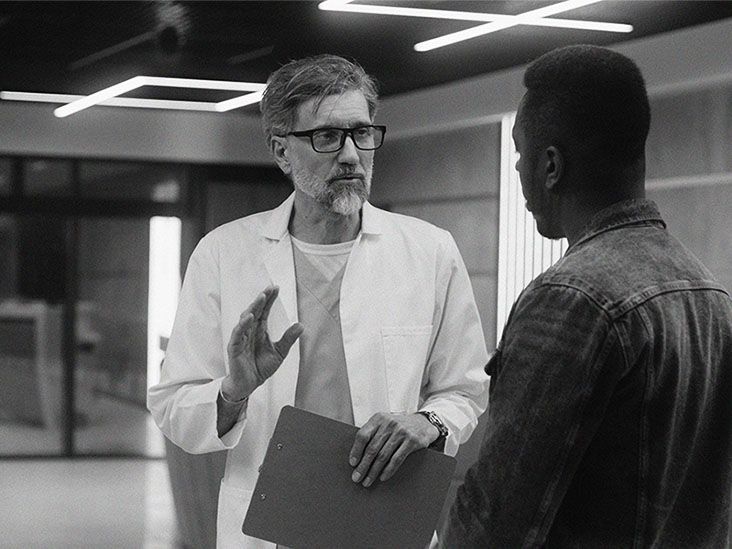Getting a diagnosis of testicular cancer can feel like the ground has shifted under your feet. One of the first questions that pops up for many men is, "Will I still be able to have children?" The short answer is: most men can still become dads, especially if they plan ahead. Below we'll walk through why the disease and its treatments affect fertility, what preservation options are available, and how to manage your reproductive health after treatment.
Why Fertility Changes
What is the baseline risk before treatment?
Even before any surgery or chemo, nearly half of men with testicular cancer show a lower sperm count. Research shows that about 50% of patients have oligospermia at diagnosis, often because the tumor itself interferes with the testicular environment.
How does losing one testicle affect hormones?
Most men who have a unilateral orchiectomy (removal of the affected testicle) retain normal testosterone levels because the remaining testicle picks up the slack. However, the hormone feedback loop can shiftFSH and LH may rise while inhibinB drops, which signals reduced sperm production. Only about 9% become permanently azoospermic after losing one testicle.
Can the cancer itself cause infertility?
The tumor can create antisperm antibodies and increase oxidative stress, both of which can damage sperm DNA. This "hidden" impact is why many specialists recommend a semen analysis as soon as possible after diagnosis.
Treatment Risks
Surgery and NerveSparing Techniques
Standard treatment begins with a radical orchiectomy. In many cases, surgeons can perform an oncoTESE (testicular sperm extraction) at the same time, retrieving sperm directly from the tumorbearing testicle for future use. If you need a retroperitoneal lymphnode dissection (RPLND), ask about nervesparing methodsthese dramatically lower the risk of ejaculatory dysfunction from about 30% to under 10%.
Chemotherapy Impact
Most testicular cancer regimens involve cisplatinbased combos (BEP: bleomycin, etoposide, cisplatin). The intensity of the regimen dictates how hard the germ cells are hit:
| Agent(s) | Mechanism | Infertility Risk |
|---|---|---|
| BEP (2 cycles) | DNA crosslinking, oxidative stress | Lowmoderate (30%) |
| BEP (3 cycles) | Higher cumulative dose | Moderatehigh (50%) |
| Highdose carboplatin/ifosfamide | Alkylating agents | High (70%) |
Most men see a rebound in sperm production about 12months after 2cycles of BEP, but after heavier regimens it can take up to 24monthsor the damage may be permanent. Recent studies confirm that early semen testing (3months postchemo) helps identify who's on the road to recovery.
Radiation Therapy Concerns
Radiation can scatter into the testes even when the primary field is elsewhere. Doses as low as 0.2Gy can temporarily suppress spermatogenesis. The general rule of thumb is:
- <1Gy sperm often recover within 18months.
- 23Gy expect 30months for recovery.
- >4Gy risk of permanent infertility, plus possible primary hypogonadism in 1525% of patients.
Using gonadal shielding and precise targeting can keep the dose well below those thresholds.
Preservation Options
Sperm Banking (Cryopreservation)
This is the goldstandard, costeffective method. You provide a semen sample by masturbation, and the clinic freezes it for future use. Even if your count is low, the sperm can still be used in intracytoplasmic sperm injection (ICSI) to achieve pregnancy.
OncoTESE at Surgery
If you can't produce an ejaculateor your baseline count is vanishingly lowsurgeons can extract tiny pieces of testicular tissue during the orchiectomy. Success rates hover around 70% for retrieving viable sperm.
Experimental Options for PrePubertal Boys
For younger patients whose testes haven't started producing mature sperm, scientists are investigating spermatogonial stemcell freezing. It's still experimental, but promising for future therapies.
Hormonal Protection
Some doctors have tried GnRH analogues to "put the testes to sleep" during chemo, hoping to shield them. The evidence in men is mixed, and most guidelines list it as an option only within clinical trials.
DecisionMaking Support
Choosing a preservation route can feel overwhelming. The American Society of Clinical Oncology provides a concise decisionaid checklist that walks you through cost, timing, emotional considerations, and success odds.
PostTreatment Management
When Should You Test Your Semen?
Guidelines suggest:
- 3months after completing chemotherapy.
- 6months after radiation therapy.
- 12months after any RPLND.
Regular analysis helps you see trendswhether you're bouncing back or need to consider assisted reproductive technologies.
Assisted Reproductive Technologies (ART)
If your posttreatment count is low but not zero, intrauterine insemination (IUI) may work. When numbers dip further, IVF with ICSI becomes the goto option, especially if you're using frozen sperm from a bank.
Hormone Replacement Considerations
Most men keep normal testosterone after losing one testicle, but if both are removed or radiation damages the Leydig cells, about 1525% will need testosterone therapy. A simple blood test (total testosterone, LH, FSH) will tell you if you're in that group.
Emotional & Psychological Support
Facing possible infertility can be a heavy emotional load. Couples counseling, peersupport groups, and even online forums (like those hosted by the Cancer Research UK) can provide comfort and practical tips.
LongTerm FollowUp
Even after you feel "back to normal," keep an annual checkup that includes hormone panels and, if you're trying to conceive, a semen analysis. Staying proactive helps you catch any lateonset issues early.
Key Takeaways
Testicular cancer does introduce fertility challenges, but it's far from a "nohope" scenario. By talking openly with your oncology team, freezing sperm (or extracting it directly during surgery), and monitoring your reproductive health after treatment, you give yourself the best shot at future fatherhood.
If you're reading this and feeling uncertain, take the first step: schedule a fertilitypreservation consult now. It's a quick conversation that could change the course of your family plans. And remember, you're not alonemany men have walked this path and emerged on the other side with happy families.
Got questions or personal experiences you'd like to share? Drop a comment below or reach out to a local oncofertility clinic. We're all in this together.
FAQs
Can I still father children after losing one testicle?
Yes. Most men retain normal testosterone and enough sperm production from the remaining testicle to conceive naturally, though a semen analysis is recommended.
When should I bank sperm if I’m diagnosed with testicular cancer?
Ideally before any surgery, chemotherapy, or radiation. Even a low‑count sample can be used later with assisted reproductive technologies.
What is onco‑TESE and when is it used?
Onco‑TESE is a testicular sperm extraction performed during orchiectomy when a man cannot produce an ejaculate or has very low sperm count. It recovers viable sperm from the tumor‑bearing testicle.
How long does it take for sperm production to recover after chemotherapy?
After ≤ 2 cycles of BEP, many men see recovery within 12 months. More intensive regimens may require up to 24 months, and some may experience permanent loss.
Do I need testosterone replacement after treatment?
Only if both testicles are removed or Leydig cells are damaged by radiation. A blood test for testosterone, LH and FSH will determine if therapy is necessary.
Disclaimer: This article is for informational purposes only and does not constitute medical advice. Always consult with a healthcare professional before starting any new treatment regimen.
Related Coverage
Find ways to protect testicular cancer fertility with sperm banking, onco‑TESE and monitoring, keeping future family plans alive....
Learn how a testicular cancer hereditary family history boosts risk, the main genes involved, and easy steps for early detection....
Chop and go nutrition meal prep makes eating healthy fast and easy. Do some simple prep on weekends to set up easy meals all week long. Learn tips and ideal foods....
Orchiectomy recovery: 2‑3 weeks for tasks, swelling eases by week 4. Get a plan for pain control, wound care, and return to work....
Get detailed info on the most common testicular cancer treatment, side effects, fertility options, and recovery expectations....
Explore the latest testicular cancer survival stats, key factors that affect outcomes, and practical steps you can take now....
Spot vital testicular cancer signs – learn the five key symptoms, when to see a doctor, and a quick self‑exam to catch issues....
non-seminoma testicular cancer often shows a painless lump in men 15‑35; learn symptoms, tests, treatment options and cure rates....
Learn when testicular cancer age peaks, key symptoms, and how early detection at any age can achieve over 95% cure rates....








